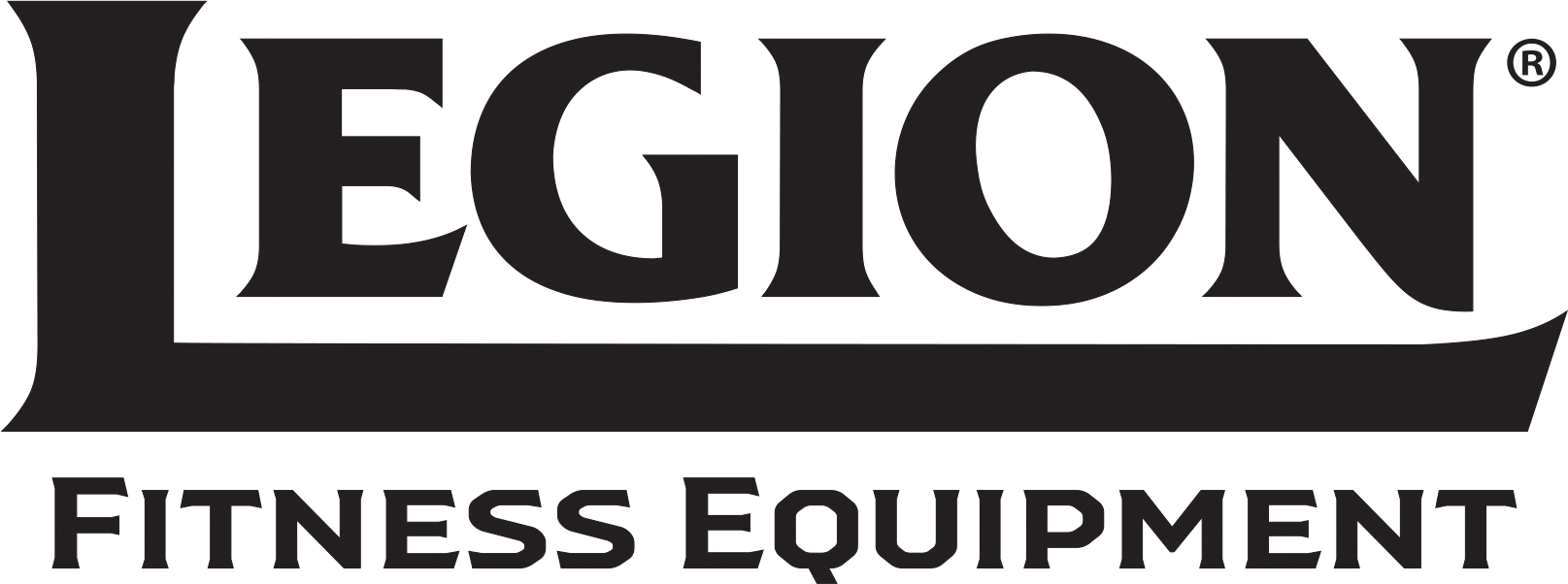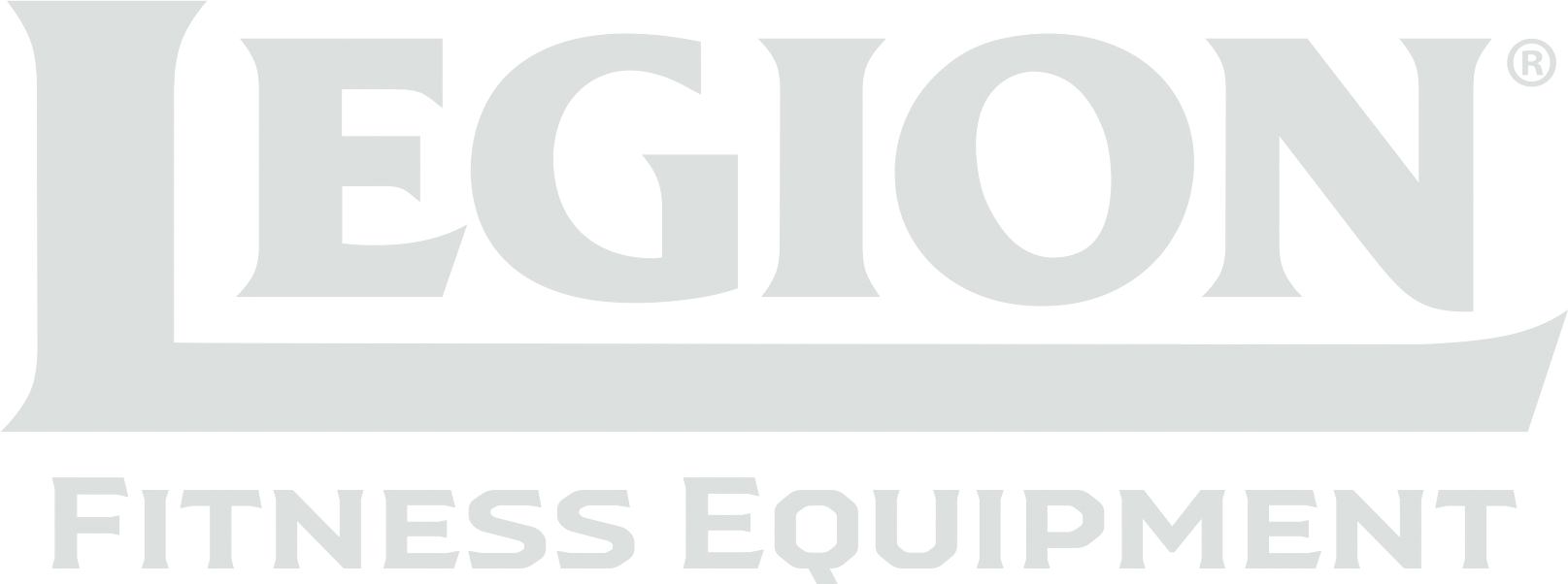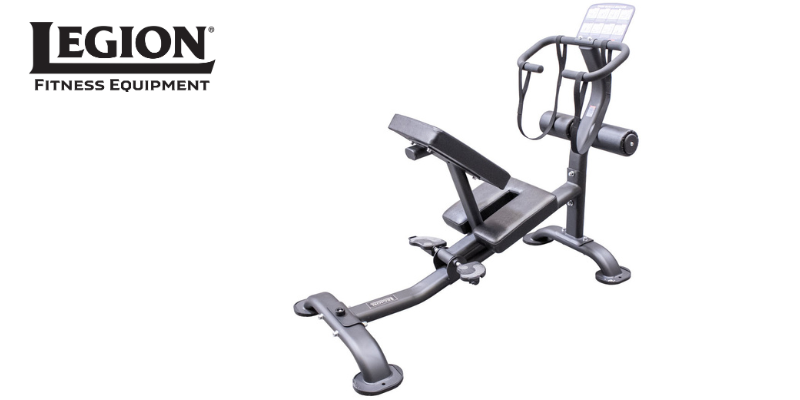Strength athletes, weekend warriors, and everyday fitness lovers know the drill: you crush a workout, but muscles and joints afterward feel tight, sore—or worse, injured. Recovery matters as much as training itself. That’s why home gym stretching equipment deserves a prime spot in every training setup.
Legion’s STRETCH Trainer isn’t just a mat or a strap—it’s a commercial-grade, biomechanically-designed station built to deliver deep, controlled stretching. It’s the missing puzzle piece in many home gyms. Let’s explore why recovery should be non‑negotiable, and how the STRETCH Trainer makes it painless, efficient, and even fun.
The Critical Role of Stretching in Recovery & Performance
1 Why Stretch at All?
Stretching is often dismissed as optional, but science and professional trainers think otherwise. In a podcast and article by Legion founder Mike Matthews, stretching is recognized as one of the pillars of effective training—alongside strength and cardio—for injury prevention, movement quality, and recovery.
When done correctly—moderate duration, proper timing—stretching improves mobility, maintains healthy range of motion, helps muscles relax post-workout, and supports longevity in training. It’s not just feel-good fluff; it’s functional necessity.
2 Flexibility Prevents Performance Issues
Tight hamstrings, hips, or shoulders reduce squat depth, compromise deadlift form, and can lead to overcompensation during pressing or pulling movements. A structured stretch routine helps maintain alignment, enhance posture, and ensure safer mechanics, especially for heavy lifters or frequent trainers.
Meet the Legion STRETCH Trainer: The Ultimate Home Gym Stretching Equipment
1 Built for Recovery, Designed for Comfort
Legion’s STRETCH Trainer is a dedicated machine made of high‑grade steel with protective pads, safety straps, and core mechanics that ensure proper form and alignment. It’s built to support your weight during stretches comfortably—and safely.
An easy‑to-understand instructional placard guides you through tailored stretches targeting hips, hamstrings, shoulders, back, and quads—perfect for users who want form-cue reassurance.
2 Really Compact Footprint
With dimensions approximately 52″ L × 29″ W × 46″ H, the machine fits into nearly any home gym corner—even if space is tight—making it among the most space-efficient home gym stretching equipment available. Built-in transport wheels help you slide it out when needed or tuck it away when it's time to train.
3 Heavy-Duty, Professional Grade
Legion crafted the STRETCH Trainer to commercial specifications—industrial steel, commercial-quality upholstery, and a matte-black powder coating that resists wear. A lifetime structural warranty further underscores its durable build and reliability for long-term use.
Why Strength Athletes & Weekend Warriors Need It
1 Improved Flexibility & Range of Motion
The STRETCH Trainer allows controlled, supported stretching using bodyweight mechanics—safer and more effective than floor-based static stretches. Key muscle groups like hamstrings, hips, and lower back receive deeper openings without overstretching.
Because it stabilizes knees and spine, it reduces injury-risk common in freehand stretching or bouncing motions.
2 Reduces Tightness & DOMS
After heavy lifting, mobility sessions, or intense athletic training, mobility often becomes the bottleneck to consistent performance. The STRETCH Trainer helps ease tightness, accelerate recovery, and reduce delayed onset muscle soreness (DOMS) through targeted, relaxing stretches.
3 Supports Performance and Longevity
Whether you're squatting heavy or sprinting fast, functional flexibility supports optimal biomechanics. The STRETCH Trainer helps maintain healthy tendon and ligament flexibility, reducing the risk of strains and overuse injuries over time.
How to Set Up a Home Recovery Corner with Stretch Trainer
1 Pick Your Spot
- Place the STRETCH Trainer near your strength zone—but leave enough free space on one side to tilt backward comfortably.
- Provide a cushioned mat underneath for additional comfort, especially if you like to roll out afterward.
2 Accessory Shelf & Essentials
Stock this corner with:
- Foam roller
- Lacrosse or massage ball
- Yoga block or strap
- Lightweight bands for assisted positional stretch
Keep a small towel and water nearby for cooldown.
3 Recovery-First Routine (10–15 Minutes)
- Hamstring & Hip Opener (using roller pads): lean back gently, hold 30 sec each side
- Lower Back Stretch: seated gentle kneeling tilt, 30 sec
- Shoulder & Upper-Back Stretch: use the handlebars and lean back into it for shoulder flexion
- Quad Stretch: knee held in pads, tilt to open front of thigh
- Hip & Groin Stretch: abduct legs and lean into the straddle
- Spinal Twist: directional twist using the seat pivot support
Pause briefly between stretches. Focus on breathing slowly—inhale before movement, exhale during the hold.
Sample Weekly Recovery Integration
|
Day |
Post-Workout Recovery |
Notes |
|
Monday |
Stretch + foam roll |
Glutes, hamstrings, quads |
|
Tuesday |
Stretch + band-assisted hip opener |
Front hip mobility |
|
Wednesday |
Stretch + upper-back release |
Shoulders, lats, thoracic cage |
|
Thursday |
Stretch Trainer session |
Full lower-body stretch |
|
Friday |
Stretch + massage ball |
Tender spots and plantar fascia |
|
Saturday |
Stretch Trainer + stretching bands |
Before mobility flow |
|
Sunday |
Light dynamic stretching |
Restorative day |
By weaving in recovery post-session or on rest days, you reinforce mobility gains, reduce stiffness, and improve performance consistency.
DIY Stretching vs. Dedication of Home Gym Stretching Equipment
DIY Limits
Yes, you can stretch on mats or use bands—but without support, alignment, or biofeedback, overstretching or improper form is easier. Reddit users often weigh in:
“They’re not bad, but they really are pretty unnecessary. Like if having a dedicated machine helps motivate you to stretch, great!”
“For people who like structure and sometimes don’t know what to do – the machine is great!”
Useful—but those points support the idea that structure matters.
With the Stretch Trainer
- Biomechanically correct posture
- Safety straps prevent slipping
- Instructional placard guides every stretch
- Machine-based control reduces over-extension risk
It turns stretching from guesswork into guided recovery.
Benefits of Installing the STRETCH Trainer in a Home Gym
1 Seamless Integration
Fits alongside racks, cable trainers, or benches. Its sleek profile means minimal obstruction—and maximum utility.
2 Time-Saving & Motivation-Friendly
When recovery takes less than 10 minutes and still feels productive, it helps build lasting habits. It’s easier to stretch when the machine is just a step away.
3 Built to Last
With heavy-duty fabrication and a lifetime warranty, Legion’s STRETCH Trainer is a long-term partner—no frequent replacement, minimal maintenance required.
4 Universal Use
From young weekend warriors to older users working on flexibility—this equipment works for almost everyone. Ease-of-use and safety features make it inclusive.
Stretch Trainer Maintenance & Best Practices
- Weekly wipe-down of pads and frame with mild soap
- Check safety straps and pivots monthly
- Inspect upholstery—clean or replace if worn
- Use transport wheels to move it out of traffic areas
Low maintenance makes it effortless—much like the recovery it delivers.
Frequently Asked Questions
Q: Can stretching actually prevent injuries?
A: While stretching isn’t a guaranteed injury shield, it improves mobility, improves technique, reduces compensatory movement, and allows better performance—thereby lowering injury risk over time.
Q: Do I need a dedicated stretch machine?
A: Technically, no—but the Legion STRETCH Trainer accelerates progress, provides structure, and increases motivation—compared to floor stretching or makeshift solutions. It’s a trusted piece of home gym stretching equipment.
Q: How much space does it require?
A: Only about 52″ × 29″ footprint. You can easily tuck it alongside racks or benches—then roll it out when you’re ready to stretch.
Q: Is it worth the investment?
A: For strength athletes, regular lifters, and those training into mid- to late adulthood—it’s a one-time purchase that pays off in flexibility, injury resilience, and mobility over years.
Final Takeaway: Recovery Is the Foundation of Strength
Whether you're pushing heavy deadlifts, chasing CrossFit PRs, or just want to stay mobile into older age—you owe it to your body to stretch consistently. That’s why investing in top‑tier home gym stretching equipment like the Legion STRETCH Trainer is more than a luxury—it’s an upgrade to your performance, recovery, and wellness.
It’s compact, durable, easy to use, and fits wherever you train. It reminds you recovery matters as much as intensity.



Share:
Back-to-School, Back to Strength: G6 Slim Gym for Busy Schedules
Optimize Your Fall Training Routine with the Legion G7